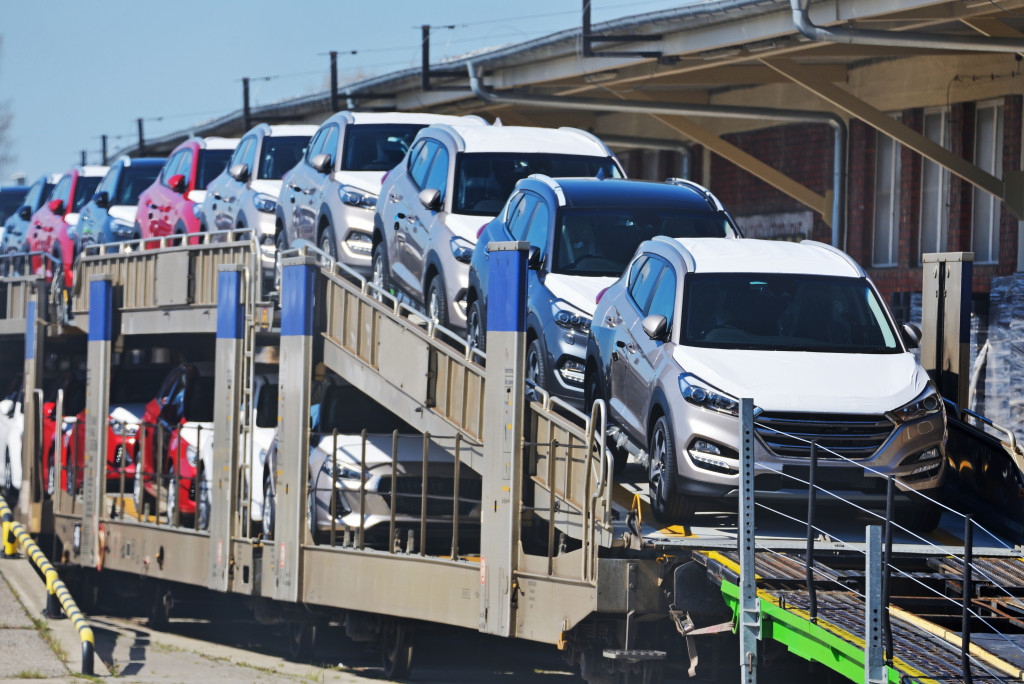Given the complex anatomy of an automobile, you may wonder how the automotive industry produces cars. You may already have an idea of the basic car mechanisms and components, but some involve compact ones. In any case, processes improve with the help of technology, making it easier to complete tasks.
This post will share some details about the stages a car has to pass through to achieve its final state. However, you have to keep in mind that every car manufacturer follows its own process. Car production requires long-term planning to complete a final product that the market will want to buy.
The Automotive Industry
This industry remains competitive despite economic challenges, such as the pandemic. At some point, it became quiet, but the industry started to get back on its feet. Furthermore, the different sectors under this industry manage to stay on track.
Meanwhile, the auto industry’s growth has been massive since it started, with modern technology being the biggest contributor to system and process improvements. Tech tools and advances help enhance the setting of the auto industry. As a result, car production became smoother and easier.
The Steps in Car Production
A car unit needs to undergo many processes before seeing it on display. For this reason, it may take time to finish the whole thing. Auto industries continue to evolve as the demand for vehicles increases. They have to keep up with the growing demand for cars, so they have to improve their processes.
Meanwhile, below are the stages that a car unit may pass through and some details about them:
Raw Materials
Cars use various materials to produce the units and auto parts. These include steel, rubber, plastics, and aluminum. In this case, they designate steel for the body structure because of its capacity to absorb impact. Besides, all raw materials should be of high quality to ensure the safety of the future user. Car producers continue to find materials to meet the greener demand.
Design and Engineering
Car designs vary based on the public’s needs and desires for the vehicle. Each design may undergo several revisions before landing on the final design. Meanwhile, the car unit’s interior and exterior should become attractive to increase potential profits. Afterward, the engineers will conduct various tests using the small models they made. The manufacturing process will begin after completing the series of tests.
Manufacturing

The manufacturing stage is the part that will take the greatest amount of time. In this case, the firm will now begin the bodywork with the help of robots. They use sheet metal parts to create various car parts, such as side frames, doors, hoods, and roofs. In general, the car will have a long way in the factory’s assembly line.
The robots are in charge of welding, soldering, screwing, and gluing parts onto the car. The next process the unit will undergo is detailing, which includes cleaning, chemical application to protect against corrosion and scratches, and painting.
During the painting process, they use automotive paint booth equipment to control the work environment. It can also help maintain the safety of employees and the environment. Besides, a law requires its use in the manufacturing process. Otherwise, it can be a ground for a business shutdown.
The last part of this stage involves the installation of the engine, transmission, and other systems. It is also where the tires are placed to help the car stand by itself.
Testing and Quality Check
At this point, the car is ready for driving. The car will undergo a test drive to ensure its quality and safety. Besides, it is the best way to confirm if there are points for improvement. The purpose of tests is to assure that the car is in excellent condition before releasing it to the market. As a result, people will pay attention to their newly-released car units.
Launching
The next part is the release of the final car unit. The firm’s team members will perform market research, develop market strategy, and define the price for the car. In this case, the units are for car dealerships and private dealers to sell to the public. Given this point, people can have access and take a closer look at the cars.
The whole process that a car unit undergo is quite a long way. Each process requires proper execution to ensure the best outputs for dealerships and private dealers. Furthermore, they have to secure that the car units are safe to use and of high quality. In effect, they can increase the chance for potential sales.




